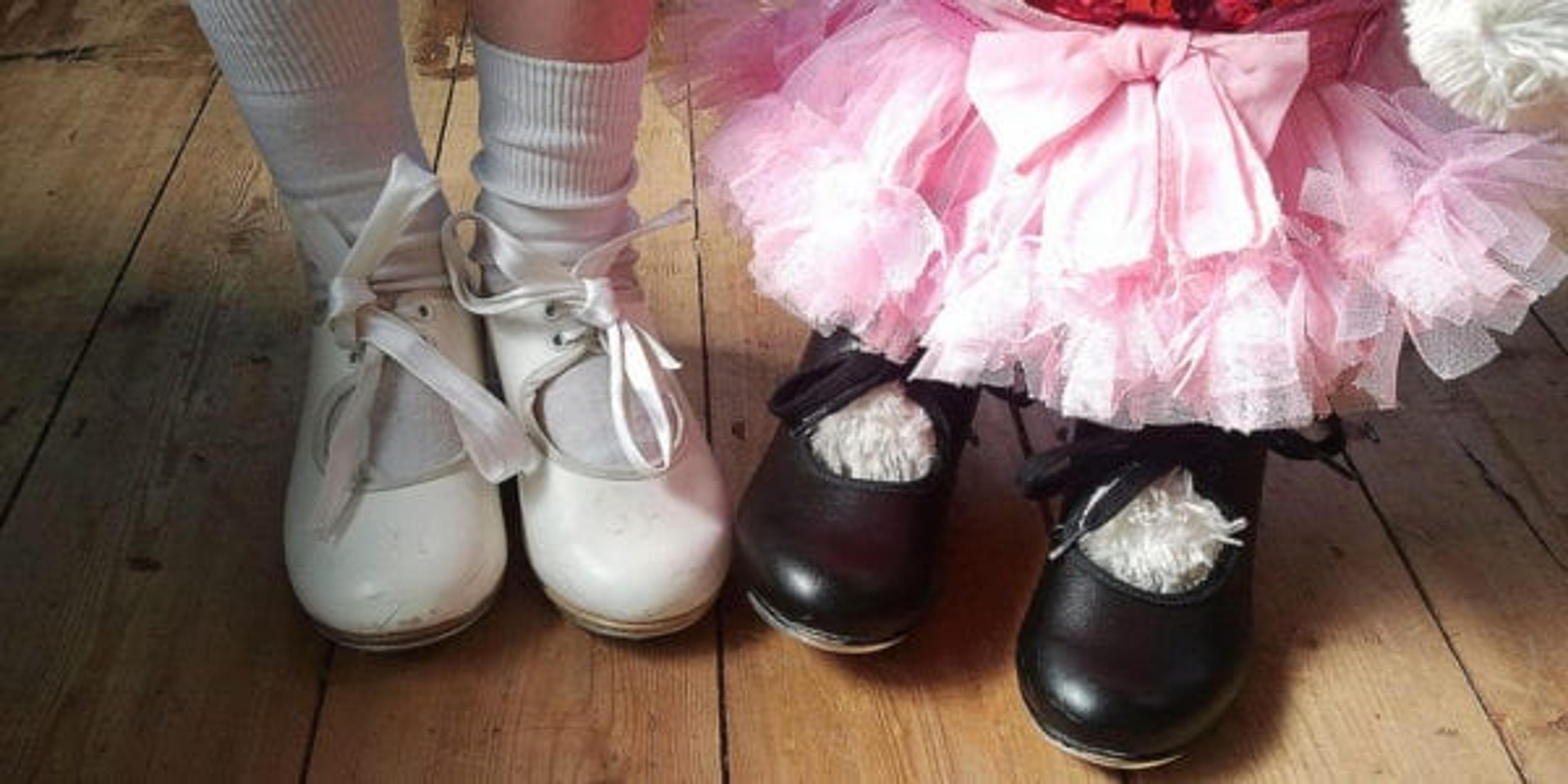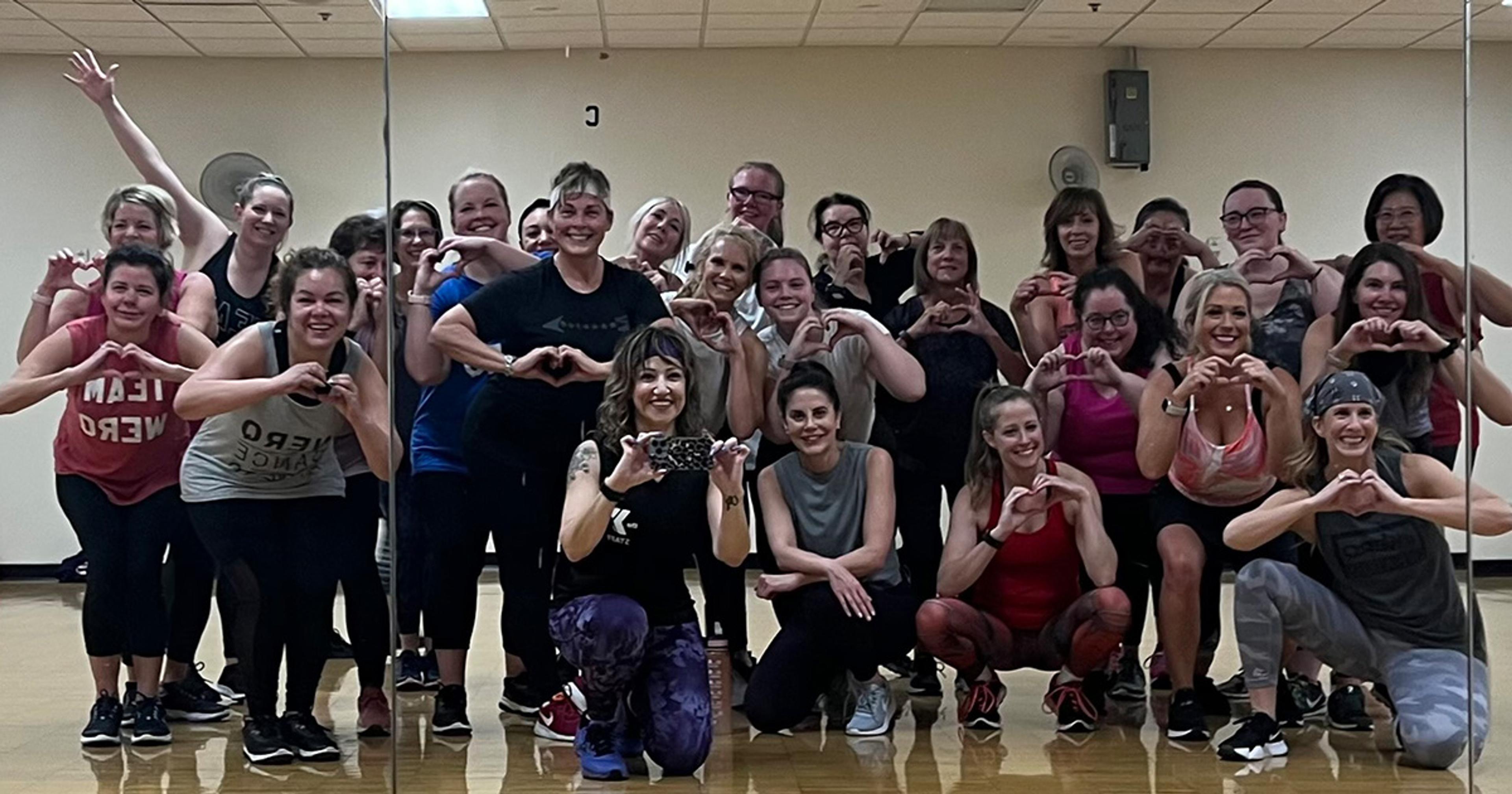Tap into Your Creative Side with Dance

Katrina Danko
| 2 min read

Are you tired of the same repetitive workouts? Why not try something new like tap dancing? It’s a great form of exercise that just happens to also have upbeat music and fun routines.
When most people think of tap dancing, they think of Singing in the Rain-style moves with Ginger Rogers and Fred Astaire gliding across dance floors in tuxes and ball gowns. But things have changed. While the classic style of tap dancing is still beloved by dancers and audiences, contemporary dance troupes have updated it by combining classic tap steps with modern music and moves from other contemporary dance styles.
Tap, like most dancing, is an excellent workout, combining cardiovascular activity, strength training and stretching. It’s especially great at toning your thighs, quads and calves while its fast pace gets your heart rate up in no time at all. It also forces you to engage your core, since you need to maintain balance during intricate movements.
Then there are the mental health benefits. Tap routines can be intricate with quick transitions, so you need to really focus on what you’re doing. This might be one reason why a study in the New England Journal of Medicine shows that dancing can help prevent dementia over time.
The best part? You can start tapping at any age and any skill level! Tap routines are easily adaptable, so you can easily find one that fits your abilities. At most studios and recreational centers, classes start for dancers as young as two or three years old and extend to senior dancers.
You can catch tap fever this August at the Motor City Tap Fest or show off your moves for National Dance Day on July 30. Have you ever danced for exercise? Tell us about it below!
Photo credit: Vincent Angler





